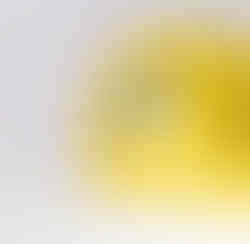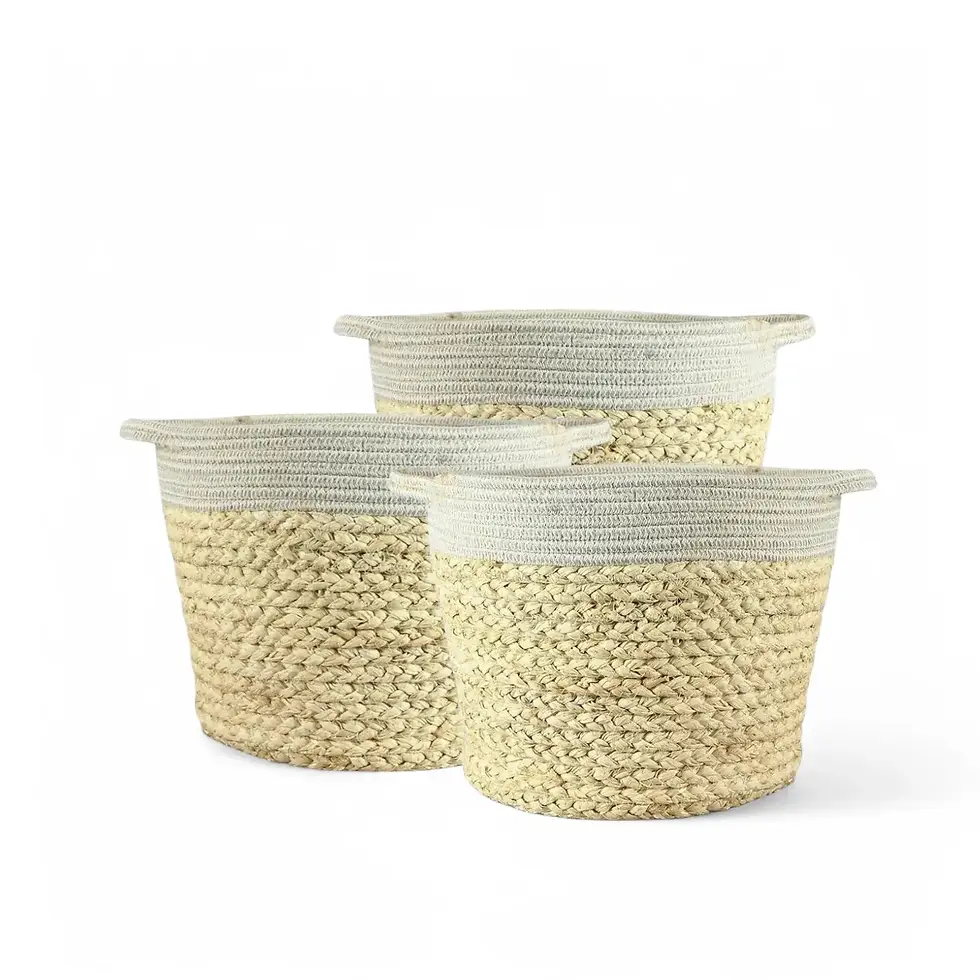Pilea hitchcockii - Rare Andean Beauty for Your Home
Pilea hitchcockii is a rare and captivating houseplant originating from the Andes. With its delicate, rounded leaves showcasing a soft green hue and subtle texture, this compact plant adds a touch of natural elegance to any space. Adaptable and low-maintenance, it’s the perfect choice for anyone looking to enhance their indoor greenery with something truly special. Thriving in high-altitude regions, Pilea hitchcockii brings unique resilience to indoor environments.
Pilea hitchcockii: Features and Unique Benefits
- Striking Foliage: Small, rounded leaves with a textured surface create a lush, layered effect.
- Compact Size: Its upright growth habit makes it ideal for shelves, desks, and tight spaces.
- Adaptable: Thrives in various indoor conditions, making it a versatile choice for plant lovers.
- Non-Toxic: Safe for homes with pets and children.
- Low Maintenance: Requires minimal care, perfect for busy plant owners or beginners.
Pilea hitchcockii: Natural Habitat and Growth Details
Native to the Andean highlands, Pilea hitchcockii thrives at elevations of 1600-1800 meters. Its natural environment features cool temperatures, moderate rainfall, and high humidity. Indoors, this evergreen plant maintains a height and spread of 15-25 cm with a moderate growth rate.
- Toxicity: Non-toxic to pets and humans.
- Lifecycle: Evergreen with consistent year-round growth.
- Growth Habit: Upright and compact, well-suited for small spaces.
- Natural Adaptations: High-altitude origin makes it more tolerant of cooler indoor temperatures compared to many tropical plants.
How to Care for Pilea hitchcockii
- Placement: Position in bright, indirect light to mimic its natural habitat. Avoid direct sunlight to prevent leaf damage.
- Light: Prefers medium to bright indirect light but can adapt to lower light temporarily.
- Water: Keep soil consistently moist but never waterlogged. Allow the top 2-3 cm of soil to dry slightly before watering.
- Humidity: Prefers moderate to high humidity. Use a humidifier or group with other plants to maintain moisture levels.
- Temperature: Best grown at 18-25°C. Avoid drafts, cold air, or sudden temperature changes.
- Soil: Use well-draining potting soil, such as a peat-free mix with added perlite or sand for aeration.
- Repotting: Repot every 1-2 years into a slightly larger pot with drainage holes.
- Fertilizing: Feed monthly with a diluted, balanced liquid fertilizer. Avoid over-fertilizing to prevent salt buildup.
- Propagation: Easily propagated through stem cuttings. Place cuttings in water or moist soil, ensuring nodes are submerged for root growth.
- Hydroponics: Adapts well to semi- and full hydroponic setups with proper nutrient solutions.
- Pruning: Trim leggy or damaged stems to encourage a fuller shape. Remove yellowing leaves for healthy growth.
- Pot Choice: Choose a lightweight plastic pot for convenience or a decorative ceramic pot with drainage holes.
Pilea hitchcockii: Common Issues and Their Solutions
→ Pests
Mealybugs, Spider Mites, and Thrips: Treat infestations with neem oil or insecticidal soap. Isolate affected plants to prevent spreading.
→ Root Rot
Prevent by using well-draining soil and pots with drainage holes. Remove damaged roots and repot if necessary.
→ Leaf Issues
- Yellowing Leaves: Usually caused by overwatering or insufficient light. Adjust watering and ensure proper lighting.
- Browning Tips: Often due to low humidity or fertilizer buildup. Increase humidity and flush the soil occasionally.
- Drooping Leaves: Indicates underwatering or inconsistent care. Check soil moisture and water appropriately.
→ Fungal Problems
Occur in overly humid conditions with poor ventilation. Improve airflow and treat with fungicides if needed.
→ Environmental Stress
Avoid sudden changes in light, temperature, or humidity to minimize leaf drop or slow growth.
Extra Insights and Care Tips for Pilea hitchcockii
To recreate its Andean environment, maintain consistent humidity, moderate temperatures, and indirect light. Pilea hitchcockii does not require a support structure, as its natural growth is upright and compact.
Etymology and Botanical Discovery
The genus name Pilea derives from the Latin word "pileus," meaning cap, referencing the shape of its seeds. This species was first documented by Alexander Killip in 1925, published in the Journal of the Washington Academy of Sciences. The specific epithet hitchcockii honors Albert Spear Hitchcock (1865-1935), a prominent American botanist known for his work on grasses and contributions to botany at the United States Department of Agriculture.
FAQs about Pilea hitchcockii
- Can Pilea hitchcockii thrive in low-light conditions? While it prefers bright, indirect light, it can tolerate lower light temporarily but may grow slower.
- How should I propagate Pilea hitchcockii? Take stem cuttings with at least one node and root them in water or moist soil. Roots typically appear within 1-2 weeks.
- What type of pot is best? A small, well-draining pot is ideal. Terracotta helps prevent overwatering, while ceramic adds decorative appeal.
- Does it require frequent fertilization? No, monthly feeding with diluted liquid fertilizer is sufficient for healthy growth.
Bring a Piece of the Andes into Your Home!
Order Pilea hitchcockii today and enhance your indoor garden with this rare and elegant Andean beauty!
Pilea hitchcockii
Pilea hitchcockii is approximately 12 cm tall and comes in a ⌀ 10.5 cm pot.























































